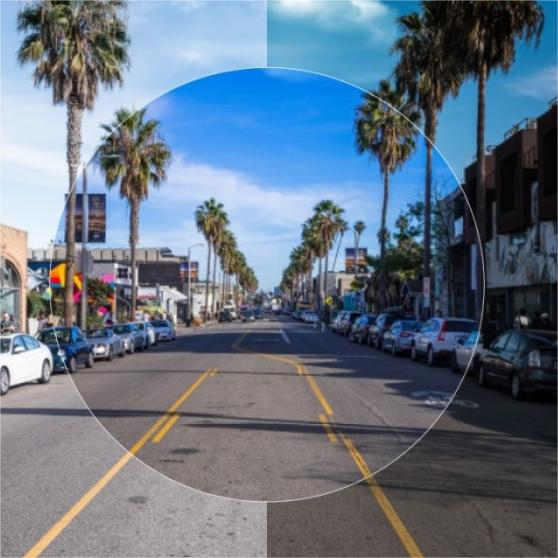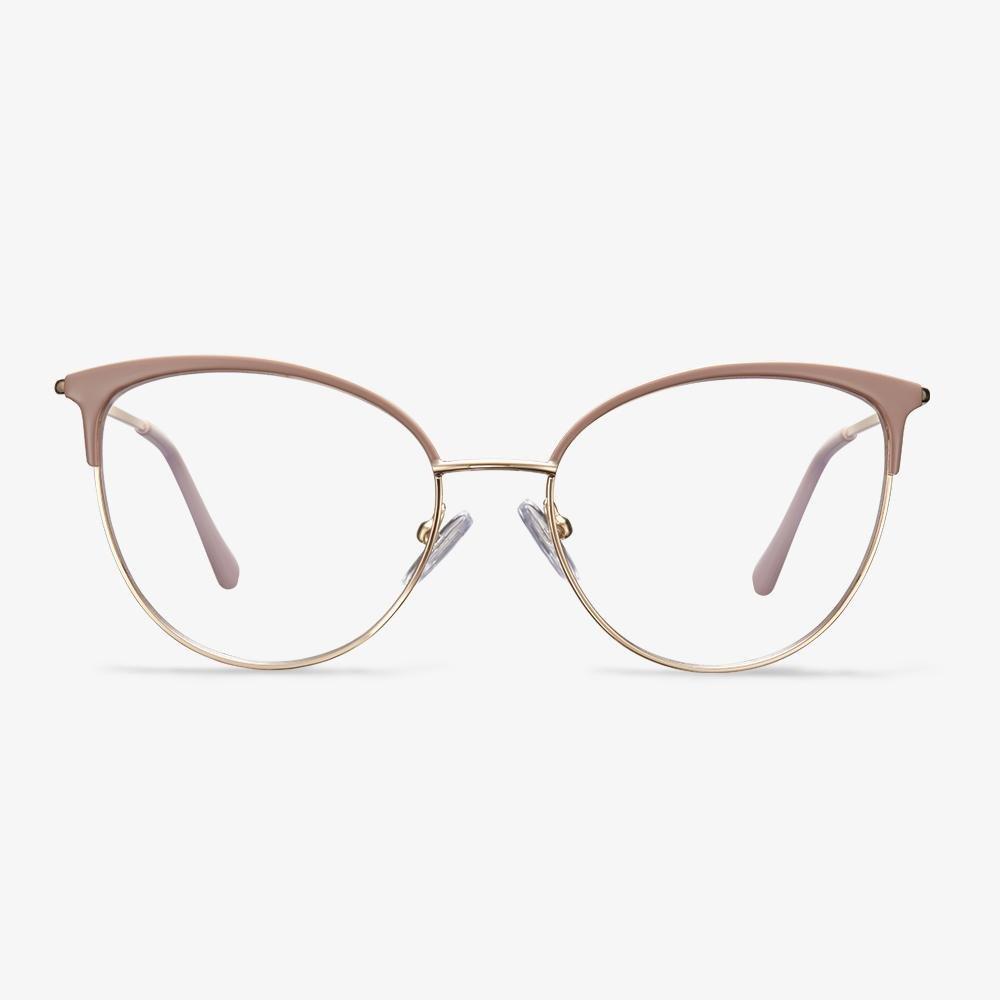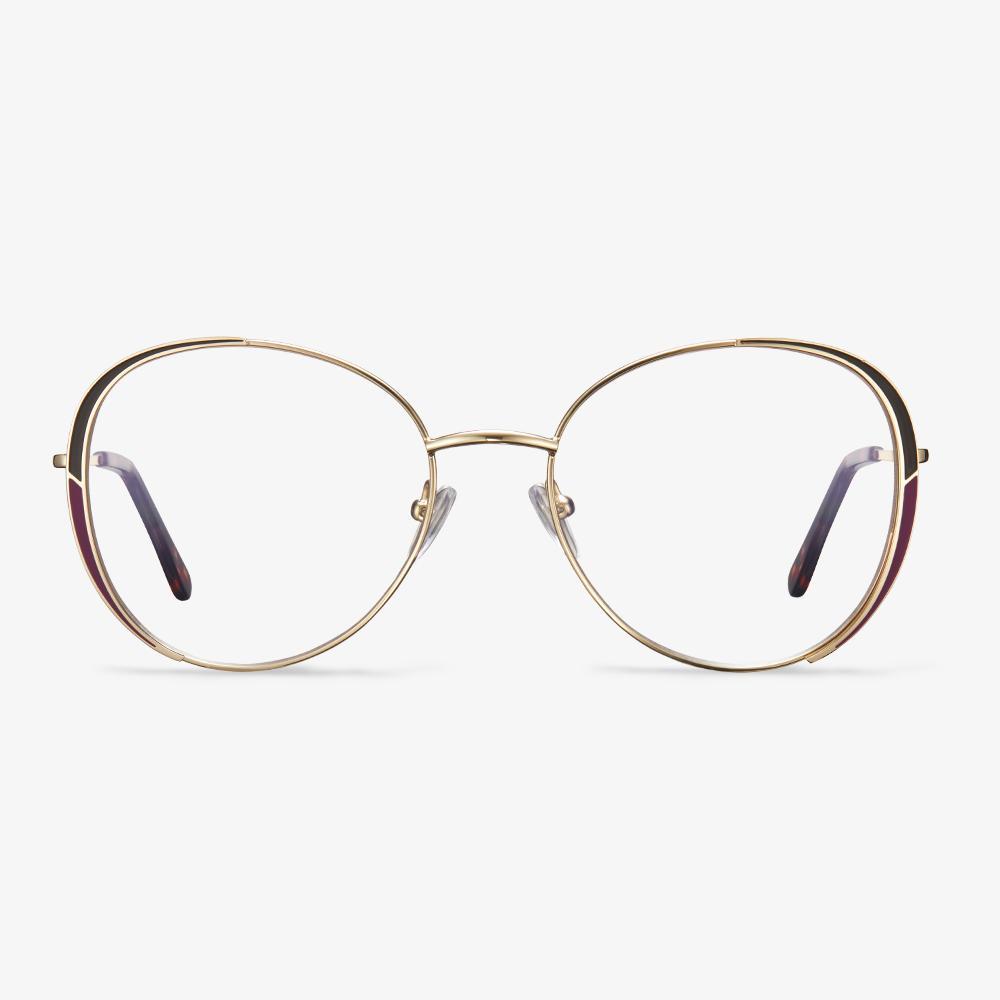When it comes to choosing the right eyewear, it's essential to understand the benefits of different coatings. Two common options are anti-reflective and anti-glare coatings. In this comprehensive guide, we'll delve into the distinctions between these coatings and help you make an informed decision. We'll also explore how they impact night driving and laptop screen usage.
Anti-Reflective Coating: Enhancing Clarity and Comfort
What is Anti-Reflective Coating?
Anti-reflective (AR) coating is a microscopically thin layer applied to the surface of lenses. Its primary purpose is to reduce reflections and glare, allowing more light to pass through the lenses and reach your eyes. This, in turn, enhances visual clarity, reduces eye strain, and improves overall comfort.
Benefits of Anti-Reflective Coating:
1. Reduced Glare:
AR coating significantly minimizes reflections from artificial lighting, oncoming headlights, or other bright sources. This is especially beneficial during night driving, as it helps to prevent distracting glares.
2. Sharper Vision:
By reducing reflections, AR coating ensures that more light reaches your eyes. This results in clearer and sharper vision, particularly in low-light conditions.
3. Improved Aesthetic Appeal:
The coating virtually eliminates the reflections on your lenses, making your eyes more visible and giving your eyewear a sleek, polished look.
4. Reduced Eye Strain:
With less glare, your eyes won't have to work as hard to focus. This leads to reduced eye strain, making AR-coated glasses ideal for extended computer use.
5. Enhanced UV Protection:
Many AR coatings also have a UV protective layer, providing an added safeguard against harmful ultraviolet rays.
Anti-Glare Coating: Defending Against Glare Sources
What is Anti-Glare Coating?
Anti-glare (AG) coating, on the other hand, is designed to reduce glare caused by direct light sources, such as overhead lighting or sunlight. It works by diffusing incoming light, preventing it from reflecting off the lens surface and causing discomfort.
Benefits of Anti-Glare Coating:
1. Minimized Strain from Light Sources:
AG coating is particularly effective in environments with intense lighting. It diffuses direct light, making it easier on your eyes and reducing the strain caused by harsh glare.
2. Reduced Fingerprints and Smudges:
AG coating often includes an oleophobic layer, which repels oil and moisture. This keeps your lenses cleaner and clearer, reducing the need for constant cleaning.
3. Improved Night Driving Visibility:
While not as effective as AR coating in reducing reflections, AG coating can still make a noticeable difference in night driving by minimizing glare from streetlights and oncoming traffic.
4. Enhanced Contrast:
By reducing glare, AG coating can enhance the contrast of objects against a bright background, providing a clearer and more defined view.
Anti-Glare vs. Anti-Reflective: Night Driving and Laptop Screen Usage
Night Driving:
Anti-Reflective Coating:
AR coating is the superior choice for night driving. It effectively reduces reflections from headlights and streetlights, ensuring a safer and more comfortable driving experience.
Anti-Glare Coating:
While AG coating can help to some extent, it may not be as effective in eliminating reflections as AR coating. It is still beneficial in reducing glare from direct light sources.
Laptop Screen Usage:
Anti-Reflective Coating:
AR coating is highly recommended for those who spend extended hours in front of screens. It minimizes reflections from ambient light, reducing eye strain and providing a more comfortable viewing experience.
Anti-Glare Coating:
AG coating can be beneficial in reducing glare from overhead lighting or windows. It also helps to repel fingerprints and smudges, keeping your screen clear.
Conclusion: Making the Right Choice
In summary, both anti-reflective and anti-glare coatings offer valuable benefits, depending on your specific needs. For night driving and extended screen usage, anti-reflective coating takes the lead. Its effectiveness in reducing reflections and enhancing clarity makes it a top choice.
However, anti-glare coating shouldn't be overlooked, especially in environments with intense lighting. It provides a layer of defense against direct light sources and keeps your lenses cleaner for longer.
Ultimately, the best choice will depend on your lifestyle, preferences, and specific visual requirements. Consulting with an eyewear specialist can help you make an informed decision tailored to your unique needs.
Remember, investing in the right coating can significantly enhance your visual experience, whether you're navigating dark roads at night or working on your laptop during the day. Choose wisely, and see the world with clarity and comfort.













































































